#antique photography
Text

Early 1900s.
Via anythingdeco Instagram.
#Guinea pig#guinea pigs#vintage guinea pig#vintage Guinea pigs#vintage pets#vintage photograph#antique photograph#antique photos#antique photo#antique#antique photography#1900s#1910s#history
709 notes
·
View notes
Text

Cobbler and his cat, c. 1880.
Source unknown
#history#old photography#antique photography#19th century#antique#victorian era#victorian#1800s#1880s#cats of tumblr#cat#victorian boyfriend
892 notes
·
View notes
Text

I'll Do It My Damn Self, 1920s
#vintage photo#vintage photography#antique photo#antique photography#1920s#1920s car#tire change#woman power#she can do it#in the past#way back when#a long time ago
699 notes
·
View notes
Text
Vintage Ladies and Their Cats

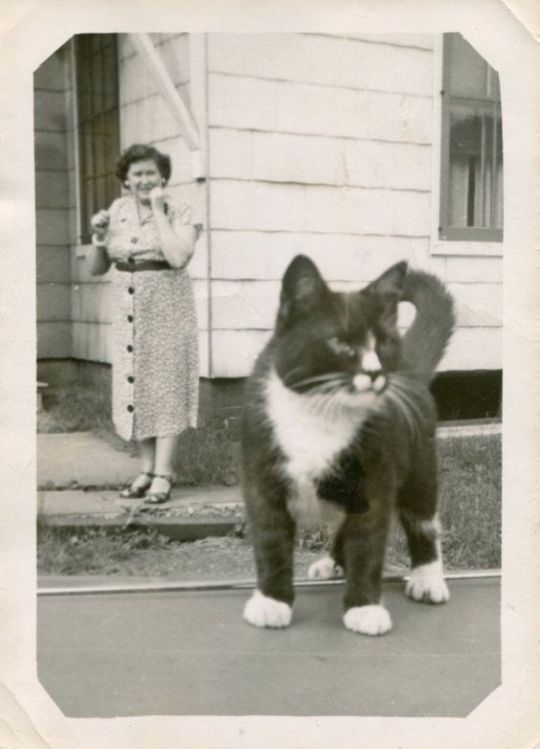



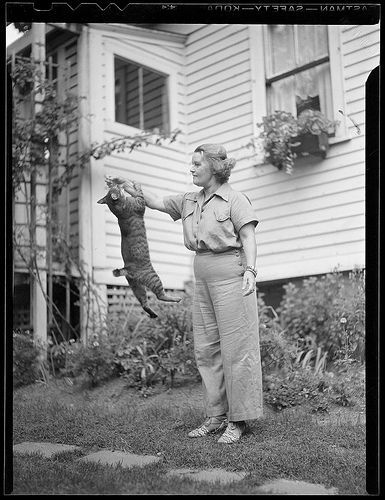

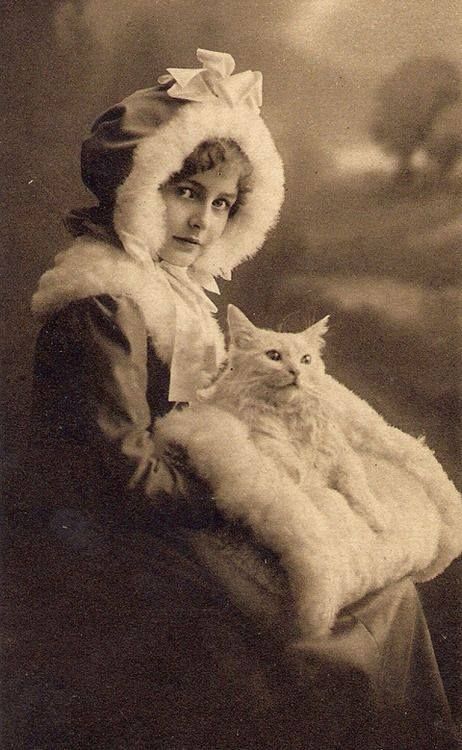
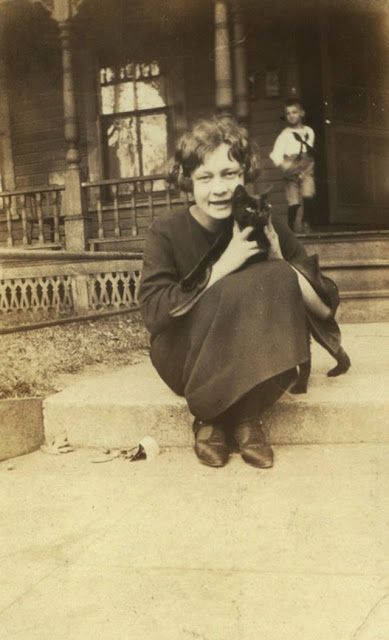
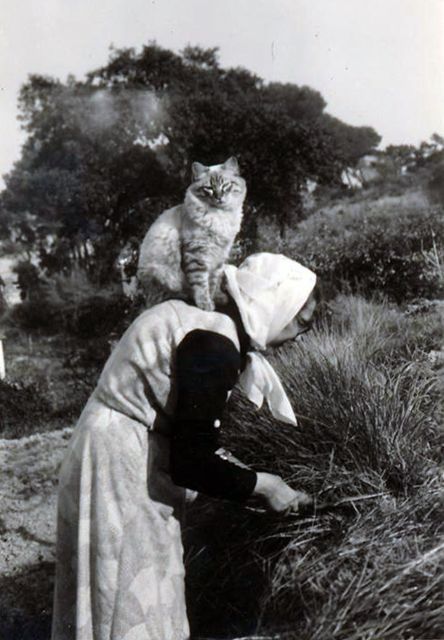
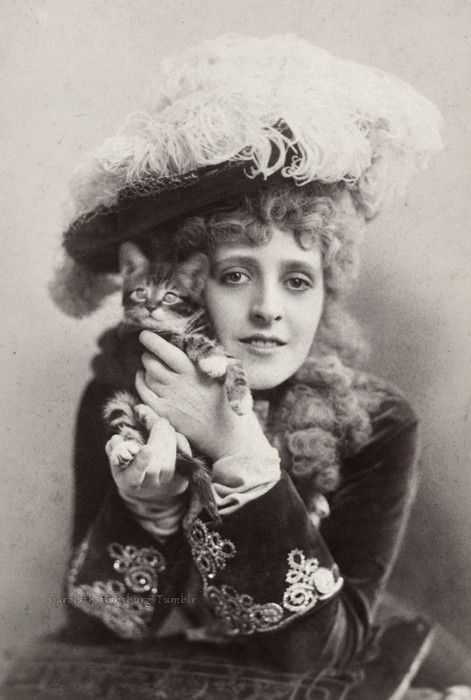
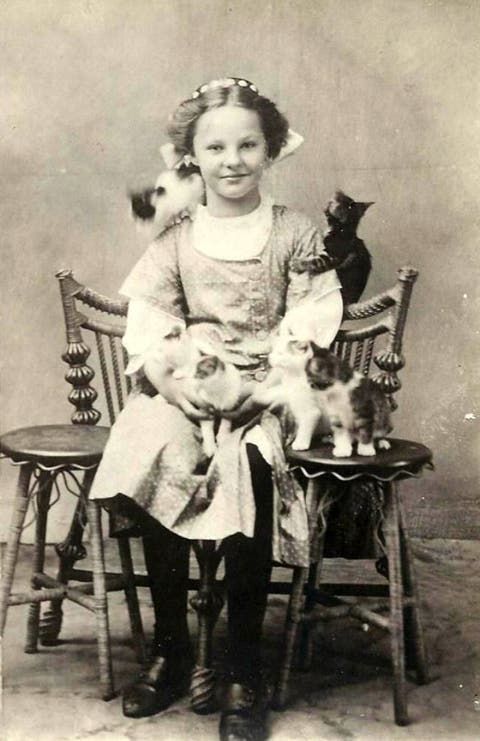
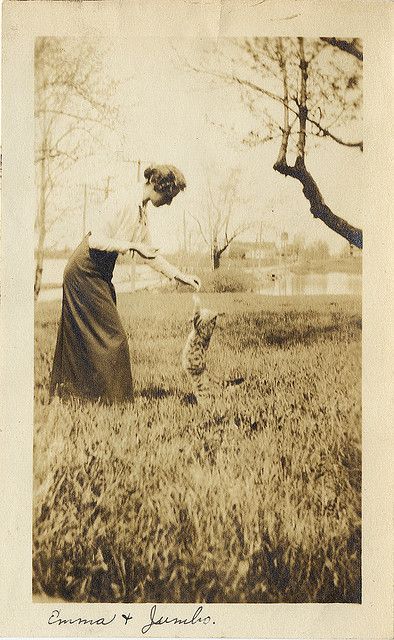

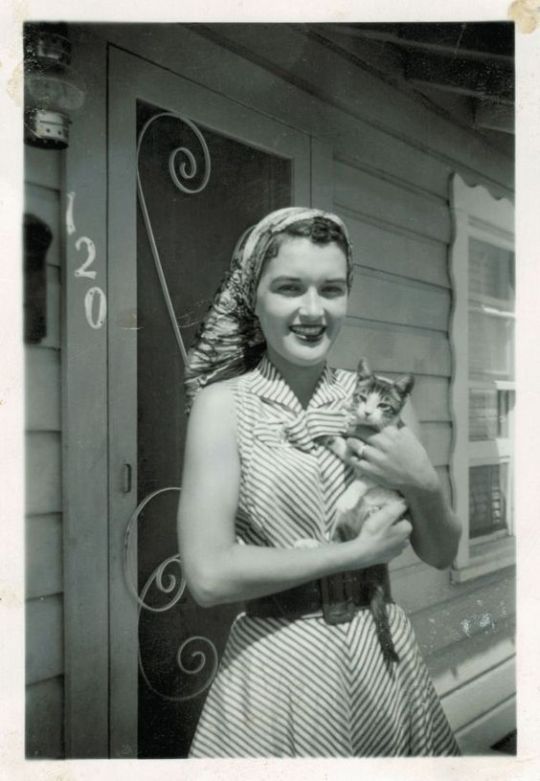
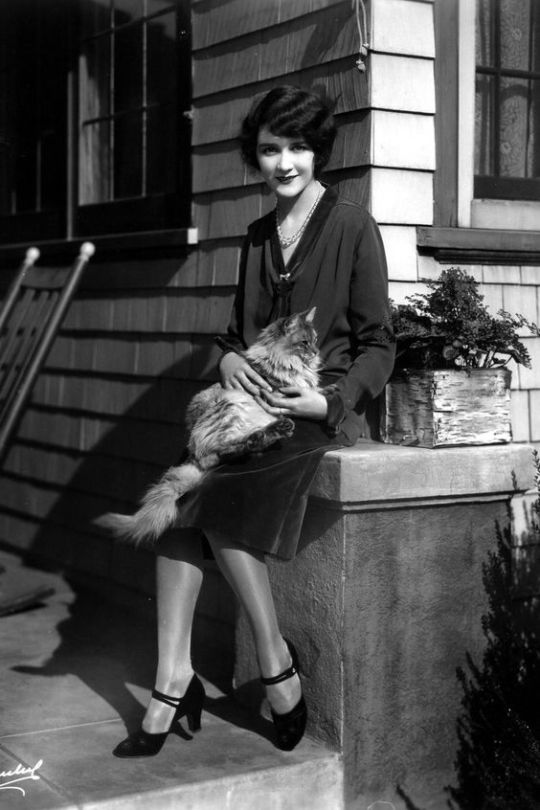

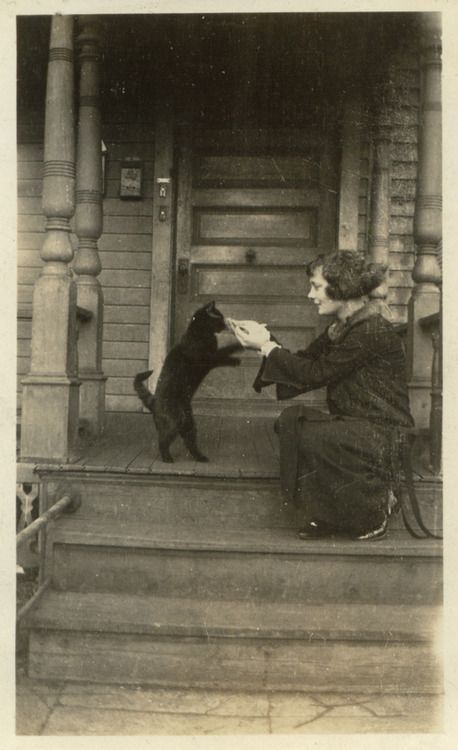
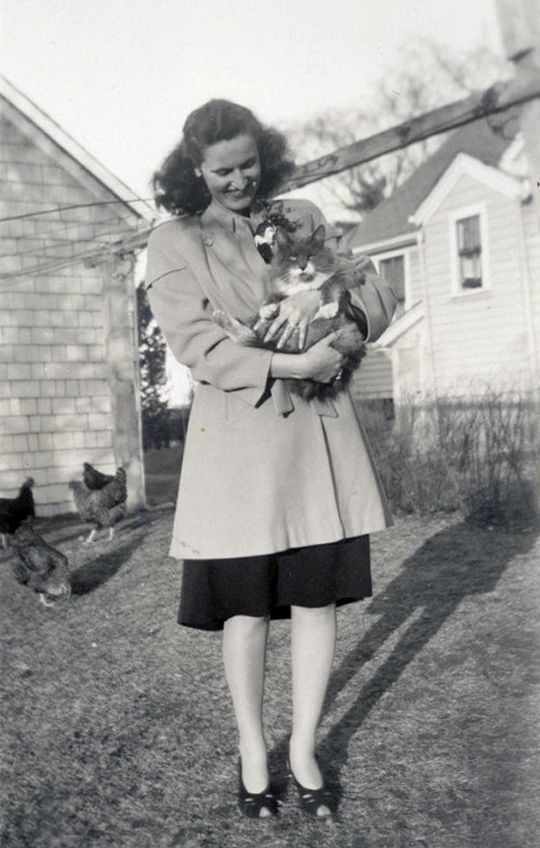

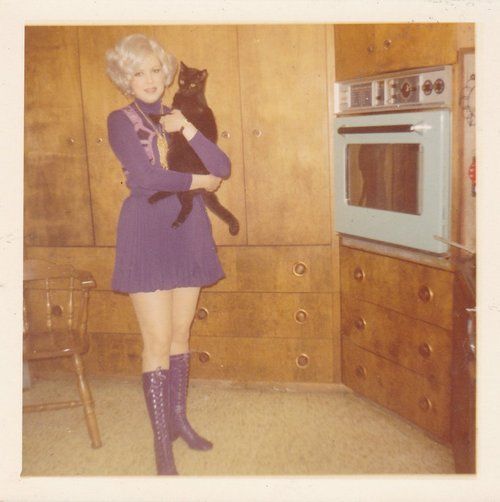
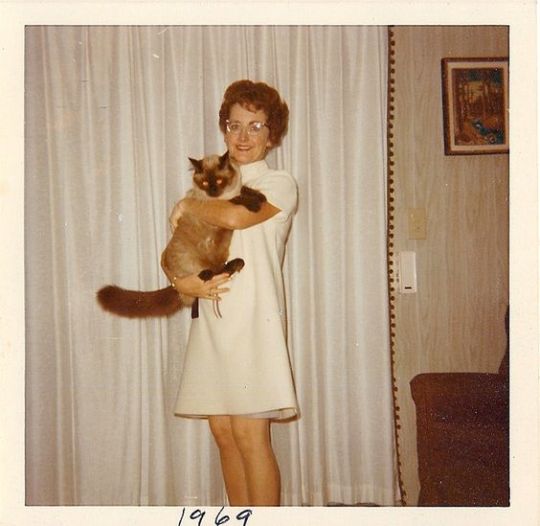
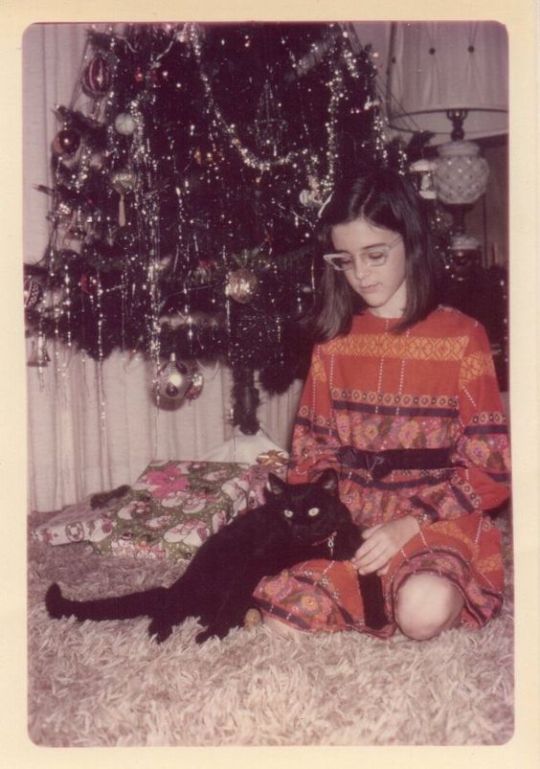





#cats#antique photo#vintage photo#antique photography#vintage photography#love cats#kitties#portraits#women#cute cats#funny cats#how can you not love cats
452 notes
·
View notes
Text
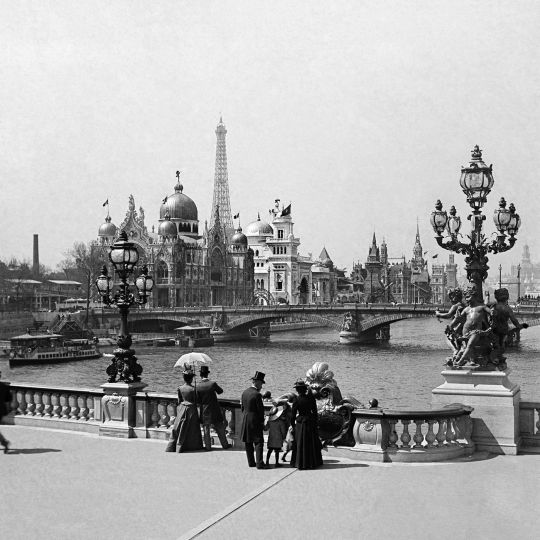
1900 Paris World's Fair.
Photo Léon & Lévy.
#belle epoque#belle époque#gilded age#victorian era#victorian#antique photography#antique#1900s#circa 1900#early 1900s#paris#history#black and white photography#black and white
422 notes
·
View notes
Text
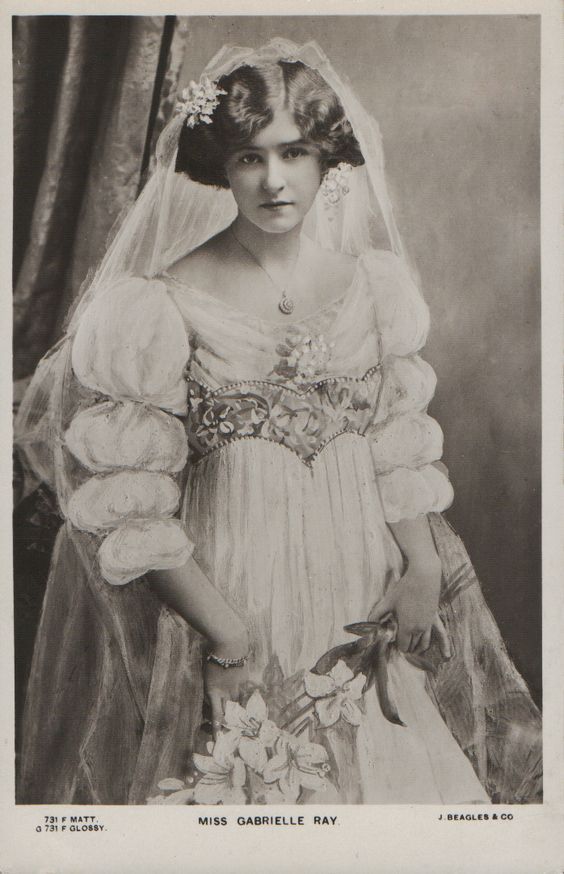
"Miss Gabrielle Ray" (1906)
via flickr
#i think this is a medley of a photo and a painting? which i've never seen before#old photo#old photograph#old photography#vintage photo#vintage photography#antique photo#antique photography#edwardian photography#1900s#early 20th century#early 1900s#art nouveau#edwardian era#edwardiana#historical photography#turn of the century#e
256 notes
·
View notes
Text
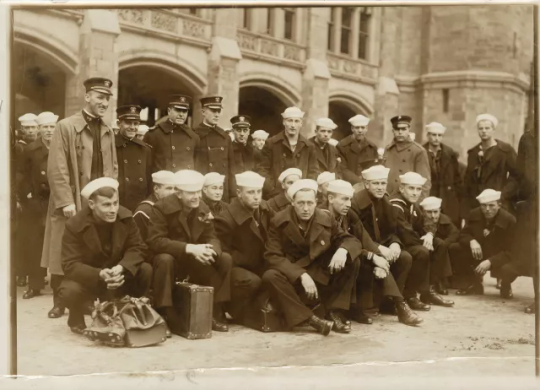
• Sailors Leaving.
Date: 1917
Photographer: Robert J. Shillinglaw (Greenbush, NY)
Medium: Gelatin silver photographic print
#antique#antique picture#antique portrait#antique photograph#antique photography#1910's#sailors#sailors leaving#ww1#Robert J. Schill#Robert J. Shillinglaw#1917
55 notes
·
View notes
Text

Kills First, Native man in regalia, circ. 1898
421 notes
·
View notes
Text




Antique photos of women with their cats ❤️
110 notes
·
View notes
Text

Recently, a copy of Alpines & Bog Plants by Reginald Farrer fell into my hands (thank you, antiquarian bookseller). At first I thought it would be botany but it is actually a mix of hobbyist naturalist & horticultural anecdotes.
It’s a first edition, published in 1908 -- remarkably well kept, pretty obvious spotting & foxing and one plate appears to be detaching from the spine. The book is remarkably poetic, but it would be free verse with binomial nomenclature, which I haven’t seen before,

The dedication is an excerpt from Hippolytus by Eurypides, roughly (according to my friend who studies classics):
“For you, lady, I bring this plaited garland I have made, gathered from an inviolate meadow,
a place where the shepherd does not dare to pasture his flocks (except rabbits), where the iron scythe has never come;”
In Hippolytus this is spoken to Artemis, but in this case the dedication is to Farrier’s mother which is heartwarming :)
Here I will note that the idea of “nature” as something undisturbed (ungrazed, unharvested) is central to the colonial conceptualisation of ecology and has contributed to the forceful removal of indigenous peoples from their land (and the subsequent loss of biodiversity, as humans are not separate from nature and we can play an important role in ecosystems)
Not calling Eurypides or this book inherently bad/colonial (more on the book & colonialism later) but this idea is def present in modern ecology and colonialism and important to highlight when present.
The book is full of black&white photographic plates which have held up really well for being over a century old. The plates themselves are beautiful:



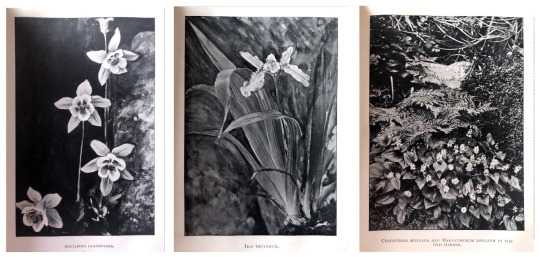
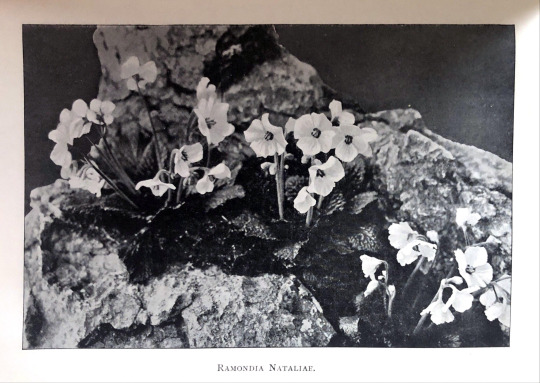


The photographs were taken in Farrer’s own garden. Little snapshots of the past :)!!
The text content of the book is quite intriguing and not all good, definitely carries heavy cultural baggage as does modern Western biology in general. I will preface this by saying I have absolutely not battled my way through this book, but I have read sections. there is a definite 1900s-Englishman tone in all the ways that can mean. part of that is most certainly a degree of both xenophobia and orientalism. When venerating the beauty of the wilderness and of Japanese/Chinese garden design, there is obvious othering in the language used & Farrer is dismayed at the effects of cultural transmission (this is most notably in European gardens attempting to mimic the artistic style of east Asian gardens but using the “wrong” plants, usually European plants rather than importing non-native varieties that are more “authentic”). Farrer was deeply in love with Asian biota and was notable for collecting plants to bring back to Europe, and while I cannot speak on Farrer’s techniques specifically, such practices are deeply intwined in racism and colonialism. In many cases, economic systems & resulting hardships forced on other cultures by Europeans allowed them to exert control over certain groups, stripping them of agency and employing them to extirpate “uncooperative” groups. I haven’t found anything re:Farrer in this context but it is essential to place the entire book within this context!!
However the majority of the book is Farrer describing gardening as well as his travels to collect plants for propagation in the UK (notably he died while on one such plant-collection travel). Apparently (& corroborated by the preface) the plants he searched for were ones that would grow well in the UK w/o much care, to make having a cool garden more accessible regardless of income. so if a plant needed extensive care and things like hothouses, it was not his priority.

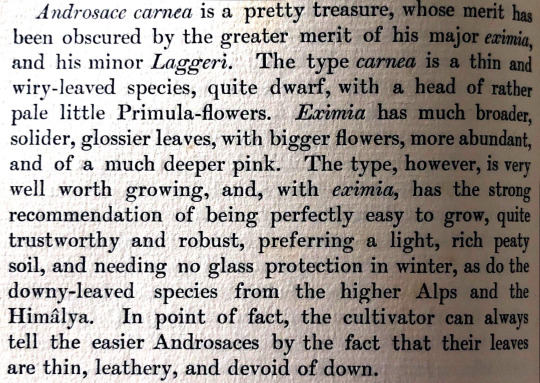
The way he describes plants is vaguely anthropomorphised in a generally appealing way, trying to make the reader appreciate the plant for things such as hardiness and robustness, which I suppose would align w/ the idea of making gardening easier. also in the sense that the robustness is tied in with beauty as well, as these features are of course not opposed to one another.
I may snoop through this book further to see anything else , we will see.
#library#antique books#antiquarian books#natural history#antique photography#history#books#old books#botany#gardening#horticulture#ecology#dark academia#miaow#osedax bookblog
64 notes
·
View notes
Text
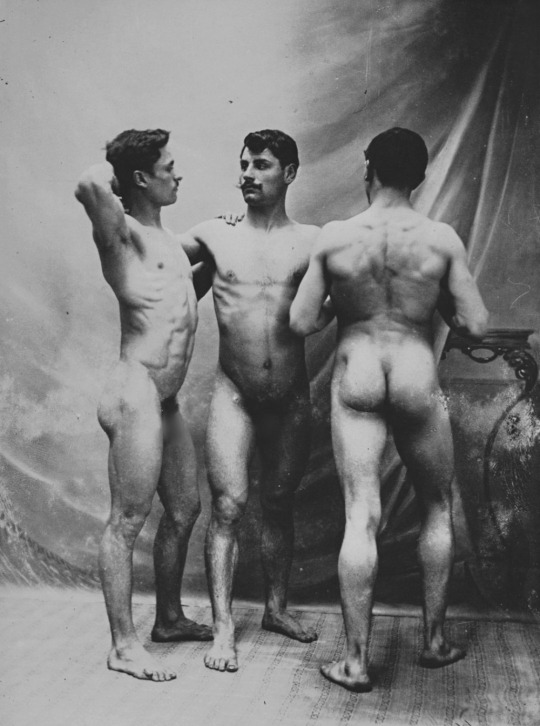


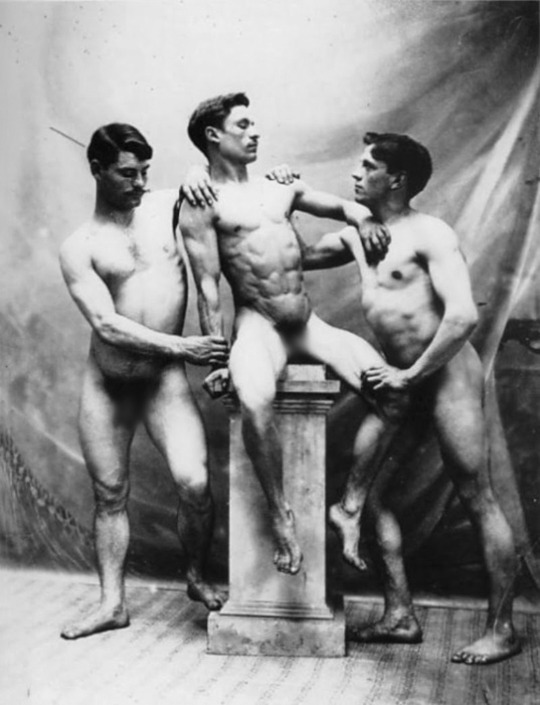


Nude models, c. 1900
#history#old photography#antique photography#19th century#antique#victorian era#victorian#1800s#1900s#edwardian era#edwardian#censored#vintage
608 notes
·
View notes
Text

Lesbian Couple, early 1900s
#antique photo#antique photography#lesbian#lesbian couple#wlw#edwardian era#edwardian lady#lgbt history#lesbian pride#way back when#in the past#historical photos#a long time ago
76 notes
·
View notes
Text
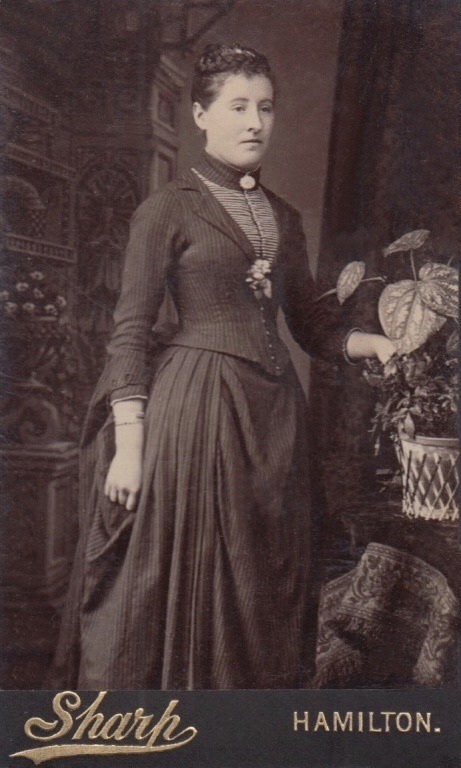
#antique lady#antique photo#antique portrait#antique photography#vintage lady#as they were#vintage portrait#yesterdays#the past#vintage style#vintage fashion#found photo#old photo#vintage photo
8 notes
·
View notes
Text


William Friese-Greene, c. 1886
#history#william friese greene#late 19th century#19th century#victorian era#victorian#antique photography#old photography#1880s#1800s#antique#black and white
379 notes
·
View notes
Text

Mlle. Harlay, French actress, c.1900s
via madame vintage on flickr
#old photo#old photograph#vintage photography#antique photography#vintage photo#la belle epoque#belle epoque#antique photo#edwardiana#edwardian era#turn of the century#edwardian aesthetic#victorian era#victoriana#victorian aesthetic#gibson girl#1890s#1900s#e
63 notes
·
View notes
Text

Little painting inspired by Angela Deane’s ghost series with a quote from Wuthering Heights
#mine#personal#painting#vintage photography#vintage art#antique photography#my art#me#old photo#1940s vintage#haunted
157 notes
·
View notes